Balance Matters In Every Room
If you’re looking around your home and wondering why it doesn’t feel quite right, one foundational design principle may offer a solution: balance. The concept not only contributes to the overall visual appeal of a space, but it also influences how we feel within it, designers say.

“Balance in your home offers a feeling of calm and order,” says Libby Langdon, founder of Libby Langdon Interiors. “This is a place where you need to feel peace, comfort and serenity, and balance helps you achieve that.”
From relaxing bedrooms to productive home offices and layered living rooms, proper use of balance can transform a home into a harmonious haven.
Create Calm Spaces
In interior design, balance is used to produce equilibrium. There are several key factors involved in achieving this, explains Jennifer Weisberg Cohen, owner and principal designer at JLW Interiors, starting with contrast, which is often achieved through color.
“A light hue that is set against something dark creates a more striking visual impression,” Weisberg Cohen says. “The greater the difference between the lighter and darker colors, the stronger the contrast.” Proportion, defined as how different pieces relate to each other in terms of scale, matters too.
“Oftentimes, when you walk into a space and it feels ‘off’ but you are unable to articulate why, it’s because the proportions are incorrect,” she says.
Balance is also achieved through symmetry, adds Langdon — for example, with matching nightstands and lamps on either side of your bed. “This is the easiest way to achieve symmetry,” she says. “You want the heights of items of these pieces to be the same.”
‘Balance’ Work And Style
In a home office, balance becomes both practical and aesthetic. Langdon suggests incorporating custom millwork or built-in cabinetry to fit the room’s size while fostering productivity. “Organization and order are key to staying productive,” she says. These subtle choices can have a big impact, helping the space feel structured and supportive.
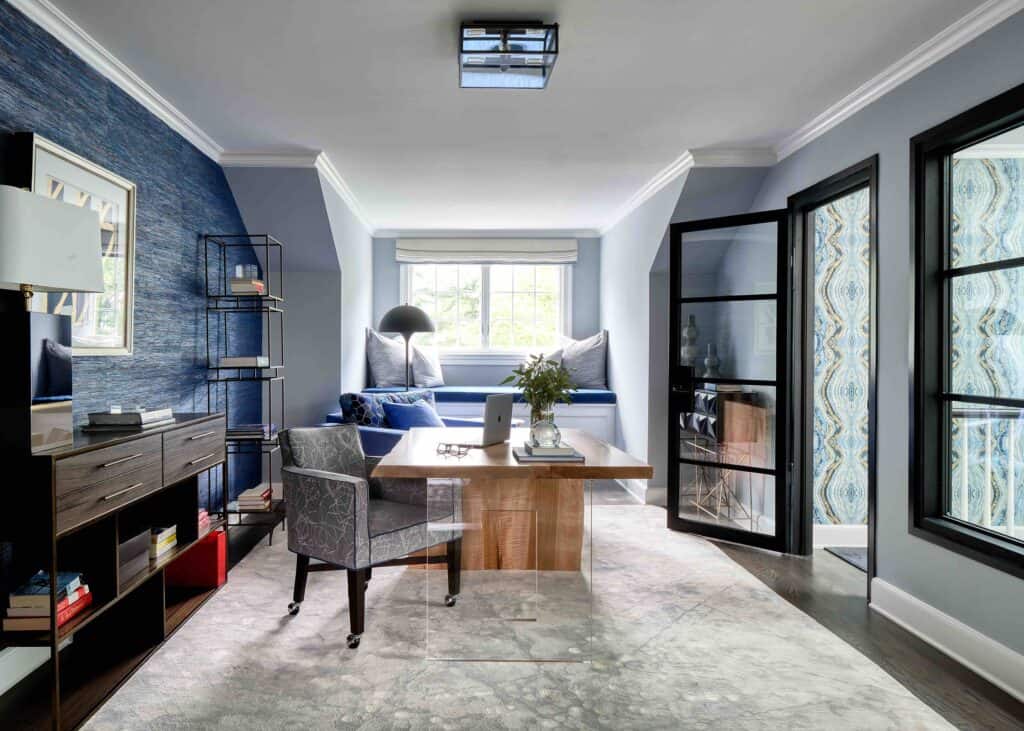
Over in your living area, two identical chairs flanking a sofa, or matching end tables on either side, create a sense of order and visual calm. “I’m not recommending you buy furniture in ‘sets’ but it’s more the thinking of repeating a few select pieces,” Langdon says.
A coffee table should be no higher than the adjacent upholstery seat height, Weisberg Cohen adds, and side tables no higher than the corresponding arm height. “An oversized sofa will always overwhelm a petite cocktail table in the same way that a king-sized bed will crowd a small room,” she explains.
Do What ‘Feels Good’
After a day or two away from your home, try to enter with fresh eyes and ask yourself, “Does this space drain me or make me tired? Does this space overexcite me and make me feel like I can’t ground or relax?,” designer Gala Magriñá suggests.
Her team recently used contrast to create balance at a new ColorPop Workshop for kids in Southampton. Being an active playspace, it needed bright, colorful accents, which they balanced with a clean white backdrop.
“A maximalist space can still feel balanced even if it’s highly contrasted,” Magriñá says. “Balance to me means the perfect things, in the perfect scale, in the perfect quantity, put in the perfect place. When all of these align, it just feels good.”










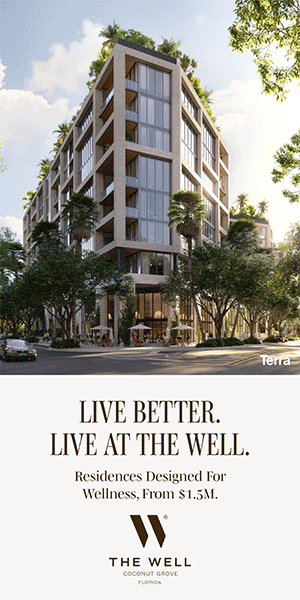


![Next weekend, the Hamptons International Film Festival returns with a powerful slate of films, global premieres, and community connection. 🎬 From narrative dramas to groundbreaking documentaries, this East End tradition brings the art of cinema to life in unforgettable ways. [link in bio]](https://hamptonsrealestateshowcase.com/wp-content/uploads/sb-instagram-feed-images/553311384_18536395384030135_7815196520249715018_nfull.webp)

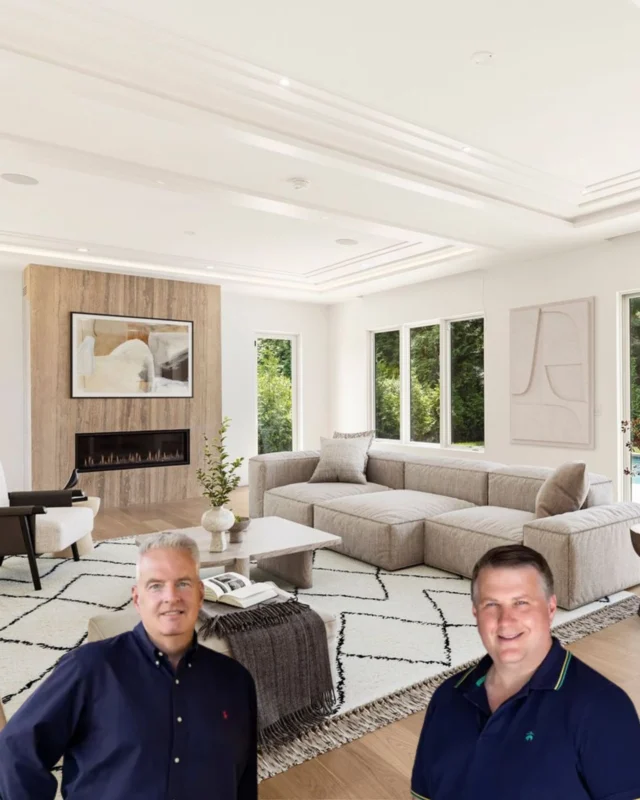

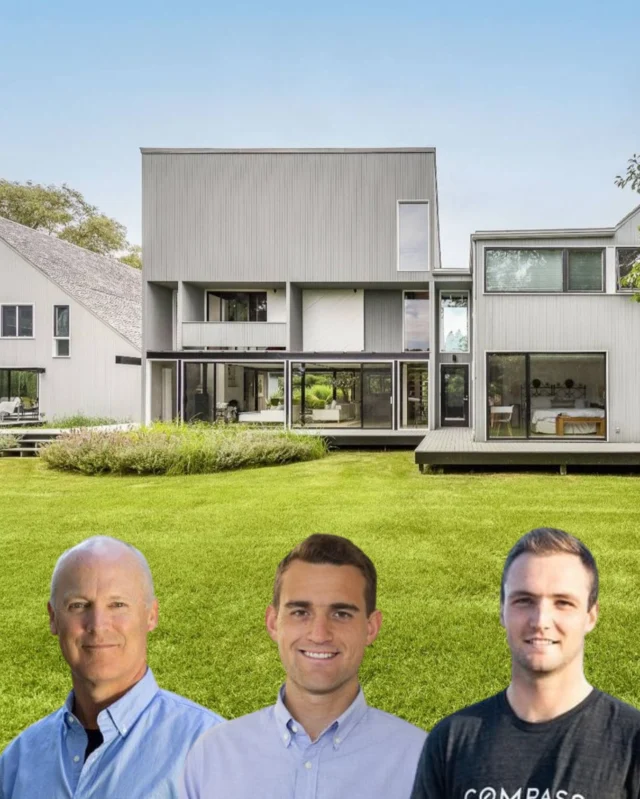
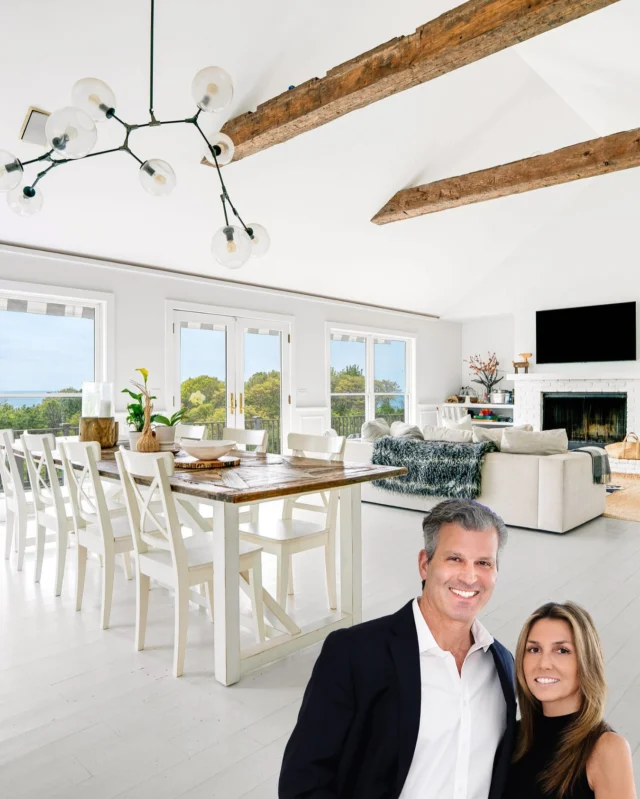
![Picnic season isn’t over just yet. From crisp whites to collapsible tables, a few well-chosen essentials can turn any outdoor moment into something special. We’ve curated a list of favorites to help you make the most of every last warm day. [link in bio]](https://hamptonsrealestateshowcase.com/wp-content/uploads/sb-instagram-feed-images/550776784_18534662161030135_2052866662940107332_nfull.webp)
![Seaside gardens are more than just beautiful, they’re built to endure. With the right plants, structure, and intention, coastal landscapes can thrive in even the toughest conditions. Designers share how to blend aesthetics with resilience for a garden that’s both striking and sustainable. [link in bio]](https://hamptonsrealestateshowcase.com/wp-content/uploads/sb-instagram-feed-images/552039742_18534454579030135_6181491184247772098_nfull.webp)
